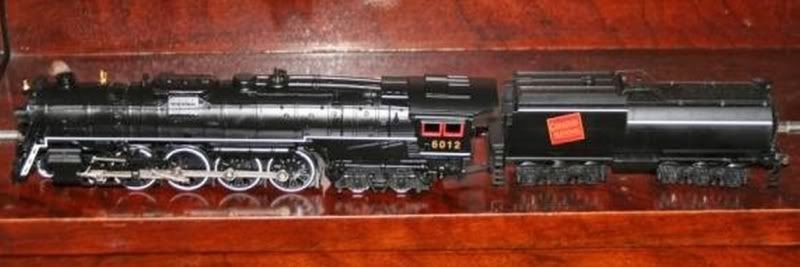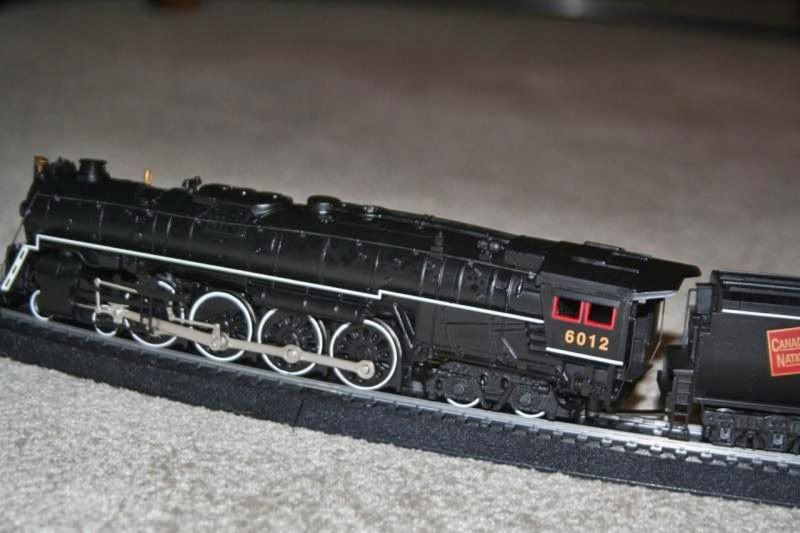The problem for manufacturers is the cost of dies to make models. Once the dies are cut, making a plastic casting is cheap. Diesels are easy. EMD, GE, previously Alco would make a standard model and sell it to the railroads on an almost take it or leave it basis. There might be a few detail differences like type of horn selected or bell location. For a while EMD offered high short hoods to some railroads that wanted them on models that were usually built with low short hoods, but then they even phased that practice out.
With steam it was totally different. Every railroad seemed to have the idea that they knew better than anyone else what the ideal steam engine was for the job at hand, so there was virtually no commonality from one railroad to anotheron the various classes of steam engine. It would not surprise me if there were 20 different designs for a Northern type locomotive alone. To try to make a prototype based model for every railroad would be incredibly expensive. That is one reason why we have brass for those so inclined. With brass the cost is in the labor to fabricate the model. With plastic the cost is in the tooling. I would have to agree with you about the choice of freight cars for the train. With all of the steam engines Bachmann makes in their Spectrum line, they should have some period correct cars to go with the locomotive.



